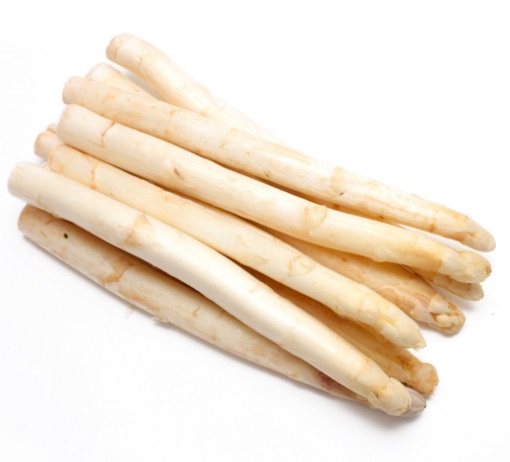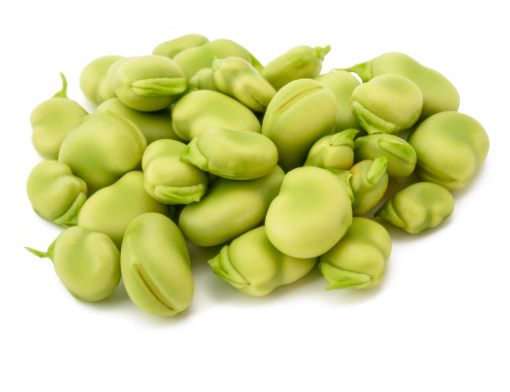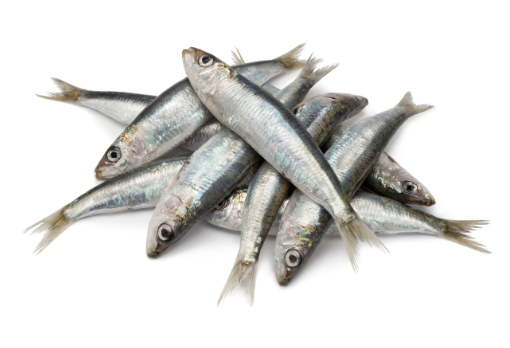Beetroot
Beetroot is the root of the chard and this is why, in Catalan, it is known as ‘chard-radish’. Years ago, only the leaves were eaten. It was not until the 16th century that the root began to be consumed.
We can find various varieties, such as forage beetroot, sugar beet (a variety from which industrial sugar is obtained) or table beetroot, from which come long beetroot, flat beetroot or round beetroot (the best known commercially).

-
Principally, beetroot is rich in sugars, but is also rich in fibre, with a reduced caloric value. It should also be mentioned that it is a source of B vitamins especially vitamins related to the production of antibodies, the regulation of the digestive system and the proper functioning of the immune system. It is also rich in minerals like iron, potassium and iodine.
-
When choosing the best beetroot, we should look for smooth, firm, meaty, round examples and, above all, ones which have leaves (even if they are wilted).
When it comes to eating them, we can eat them raw (gazpachos, juices, crudités, etc.) or cooked (soups, salads, etc.).










